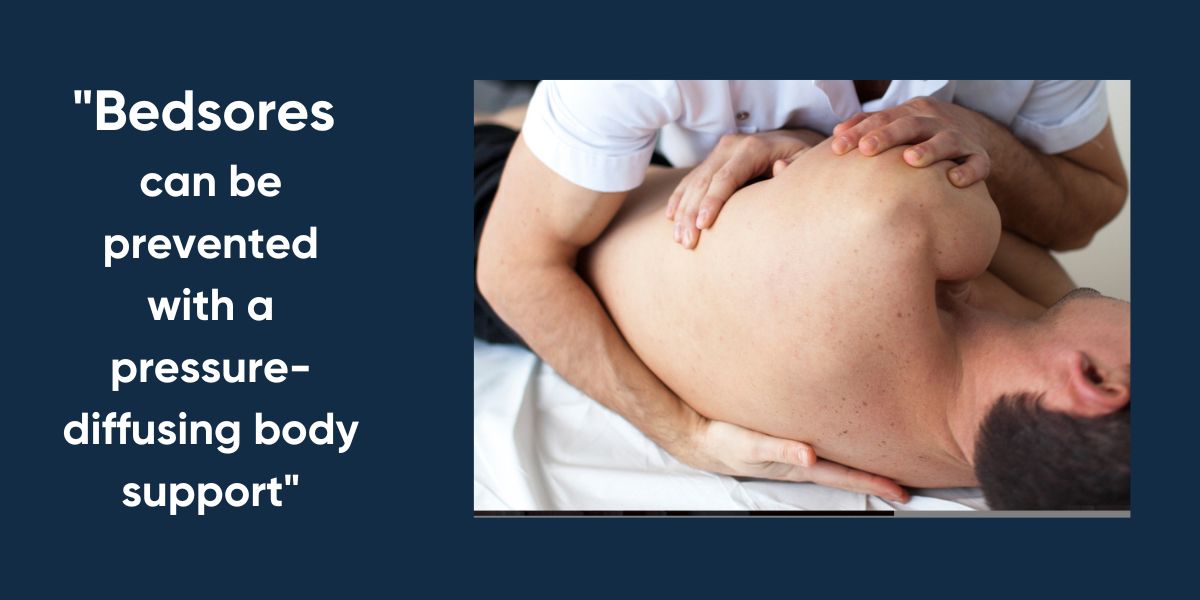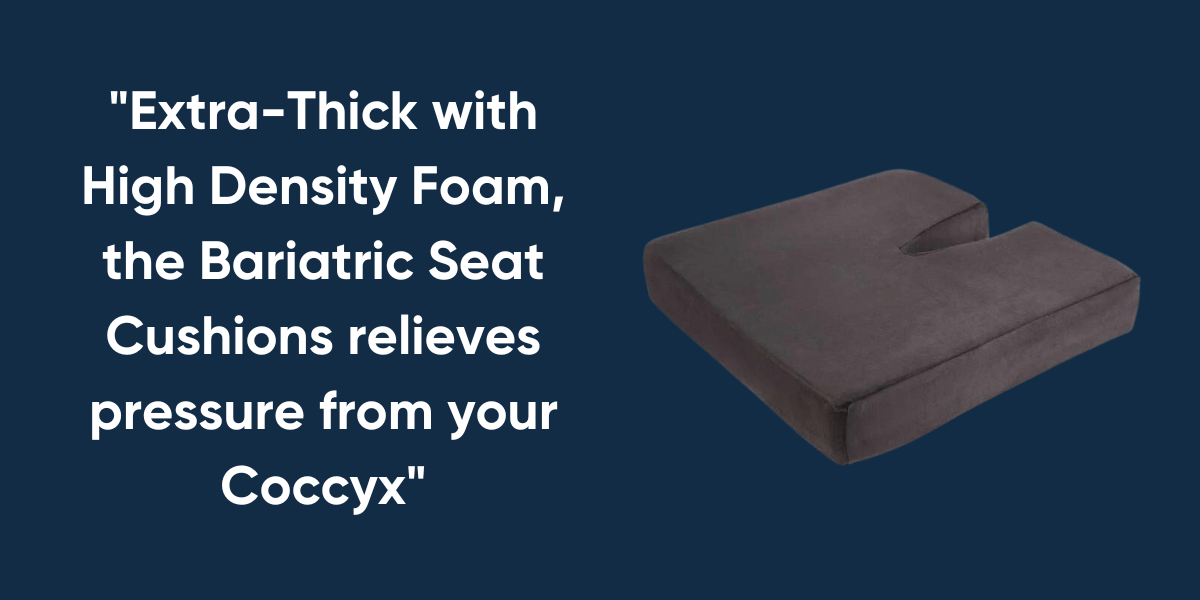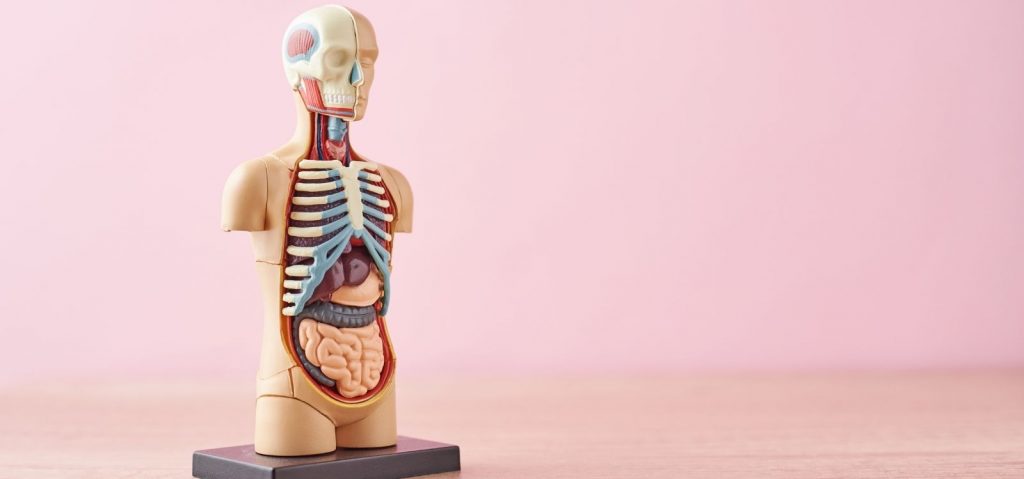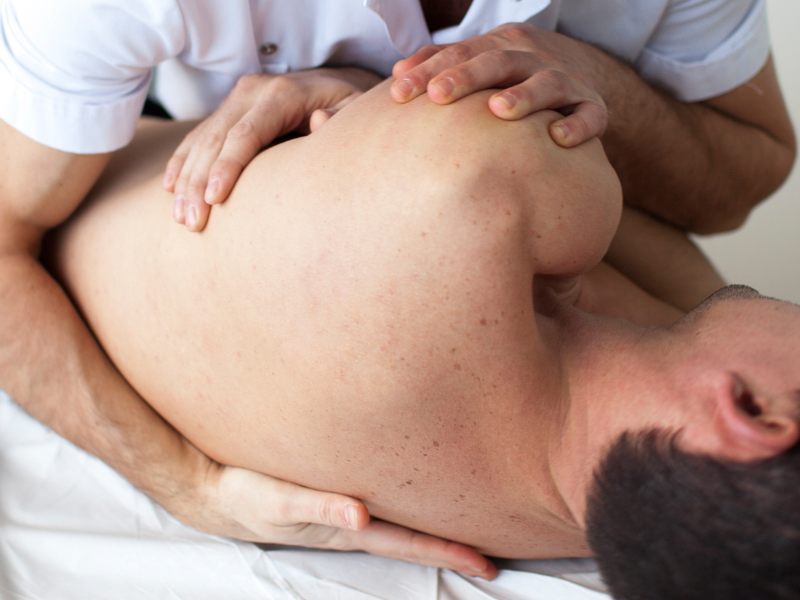Unmasking Bedsores: The Silent Threat Lurking Beneath the Surface
A pressure sore or decubitus ulcer is caused mainly by the restriction of blood flow and/or lymphatic drainage as a result of excessive tissue deformation caused by constant pressure or friction (shear forces).
Other names for this condition include bed sores, pressure ulcers and decubitus ulcers ('lying down' ulcers).
The skin over bony areas, such as the heels, elbows, the back of the head and the tailbone (coccyx), are particularly at risk. Pressure Ulcers can be difficult to treat.

Factors that contribute to pressure ulcers include:
- Pressure
Heavy pressure blocks or occludes blood vessels. The greater the pressure the less time it takes to block. The smaller the area, the greater the pressure, hence bony areas are more prone to pressure sores.
- Shear forces (friction)
Skin being pulled sideways over muscle or bone when moving can stretch and block the blood vessels, restricting blood flow to the skin. Excessive shearing can affect deeper tissues. Necrosis (tissue death) can occur from the inside and move out. Abrasion or friction causes the surface of the skin to be rubbed away faster than it can be replaced.
- Temperature and moisture of the skin
Excessive heat and moisture can contribute to the development of pressure sores. These factors can increase the vulnerability of tissues to damage from pressure and shear forces.
Areas that are more subject to pressure sores
Pressure ulcers are usually found on the bony prominences. The majority are found on the large bony areas in the pelvic region of the body. These include the ischial tuberosity, sacrum, coccyx, trochanter, and iliac crest. They may also form on the heels, ankles and knees.
- Sitting pressure points - Sacrum, Ischial Tuberosity, Heels.
- Wheelchair pressure points - Scapula, Elbow, Sacrum & Coccyx, Ischial Tuberosity, Heels, Plantar Surface of the foot.
- Side Lying pressure points - The malleolus, condyles, trochanter, ribs and ear are at risk from pressure when side lying.
- Supine pressure points - Decubitus ulcers occur at sites overlying bony structures that are prominent when the person is lying down. The location of the pressure ulcer will depend on the person's position and the length of time he/she remains in that position. The bony prominences that support weight in the supine position are the occiput (back of the head), scapula, sacrum and heels. Decubitus ulcers may occur on the scalp, back, tailbone, hip, heel, or any other area to which pressure is applied while a person is lying down.

People at risk of bedsores & pressure related problems
- Paraplegics/quadriplegics, Frail elderly, Wheelchair users
- Sciatica - back pain, decreased sitting intolerance, Weight loss/chronically ill
- Surgery - decreased sitting tolerance
The aims of a pressure care product are
- Increase the area of support and therefore distribute and decrease the pressure
- Re-distribute weight and pressure away from bony prominences (bony points)
- Control temperature and moisture
Points to consider when selecting a pressure care product:
- The age, weight and height of a person
- Nature and degree of disability, physical capabilities and strength
- Lifestyle - activity and mobility, Duration of sitting or lying each day
- Balance and posture, Skin sensation, Pressure sore history - the condition of the skin
- Continence of person, Attitude and motivation to take responsibility for skin care.
Body part definitions
- Sacrum: The sacrum is a large, triangular bone at the base of the spine and at the upper and back part of the pelvic cavity, where it is inserted like a wedge between the two hip bones. Its upper part connects with the last lumbar vertebra and the bottom part with the coccyx (tailbone).
- Ischial tuberosities: The sitting bones in the bottom or butt.
- Coccyx: Contains 4 small fused bones known as the tail bone.
- Trochanter: The greater trochanter is the name given to the bony protrusion at the top of the femur.
- Iliac crest: Hip bone.
- Scapula: Shoulder blade.
- Malleolus: The lateral malleolus is the bony bit on the outside of the ankle and the medial malleolus is the bony bit on the inside of the ankle.
- Condyles: The femoral condyle is the end of the thigh bone.
Reduce the risk of developing bedsores with the right pressure-relieving body support. Contact us to help you find the right solution for you!

Do you want to learn more? Read our Frequently Asked Questions for...
Bedsores, also known as pressure ulcers, develop when there is prolonged pressure on certain areas of the body. These areas are usually bony or have less fat, such as the heels, hips, tailbone, and elbows. When a person remains in the same position for a long time, the pressure restricts blood flow to the skin and underlying tissues. This lack of blood supply leads to tissue damage and the formation of bedsores.
Several factors can contribute to the development of bedsores. Friction and shear, which occur when the skin rubs against a surface or when layers of skin slide against each other, can increase the risk. Moisture, such as from sweat or urine, can also make the skin more vulnerable. Additionally, individuals with limited mobility, such as those who are bedridden or use a wheelchair, are more prone to bedsores. To prevent bedsores, it is important to regularly change positions, keep the skin clean and dry, use cushions or padding to reduce pressure, and maintain a healthy diet to support skin health.
 0
0 0
0Bedsores, also known as pressure ulcers, are injuries to the skin and underlying tissues caused by prolonged pressure on certain areas of the body. To effectively treat bedsores, it is important to follow a few key steps.
Firstly, it is crucial to relieve the pressure on the affected area. This can be done by regularly changing positions, using special cushions or mattresses, and ensuring the person is not sitting or lying in one position for too long. Keeping the skin clean and dry is also essential. Gently washing the area with mild soap and water, and patting it dry, can help prevent infection and promote healing.
Secondly, it is important to protect the bedsores from further damage. Applying a barrier cream or ointment can help create a protective layer and prevent friction. Dressings or bandages may also be used to cover the sores and promote healing. It is crucial to regularly monitor the bedsores for any signs of infection, such as increased redness, swelling, or pus. If infection is suspected, seeking medical advice is necessary.
In summary, treating bedsores involves relieving pressure on the affected area and keeping the skin clean and dry. Protecting the bedsores from further damage with barrier creams or dressings is also important. Monitoring for signs of infection and seeking medical advice if necessary is crucial for effective treatment.
 0
0 0
0








